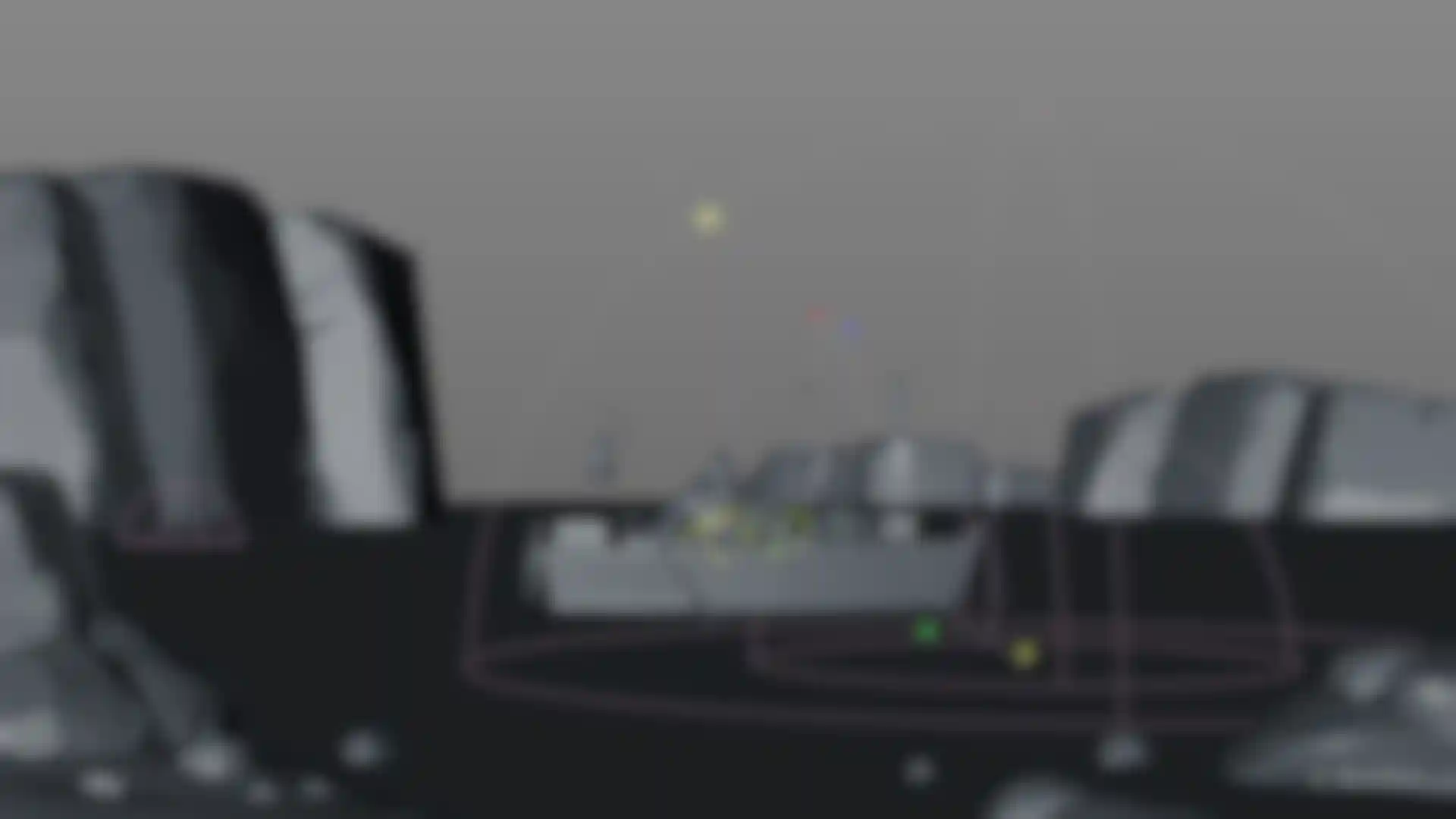
Lake Monster Watery folklore comes to life in Boxfort's new short film, The Loch.
Most people have heard of Scotland's Loch Ness Monster. But the same can't be said for Champ, the legendary lake monster rumored to have been living in North America's Lake Champlain for centuries. Boxfort's new short film, The Loch, was loosely inspired by both water-dwelling creatures, along with a canoe trip and a weekend spent at Mograph.com's Camp Mograph last October.
This is the first film by Boxfort, a Detroit-based artist collective founded by 3D artist and designer, Billy Chitkin (aka Gernge) and motion graphics artist and animator, Julie Craft. While members of the collective usually freelance individually, the group of close friends increasingly collaborates on projects, like the opening titles they created for Half R8Z 2019.


Using Cinema 4D, ZBrush, Procreate, Oculus Medium and Redshift, Chitkin, Craft and a couple of other Boxfort members made The Loch in a one month. Though it is primarily 3D, Chitkin says the film has a dreamlike, illustrative look largely because it was made using more than five pieces of very different software, each playing its own role in a big or small way. "It was really cool to have an artistic idea and be able to get it out there together," he recalls. "It's so inspiring to be able to explore different technologies and collaborate like this."
Now that The Loch is out, the collective has decided to try to create some kind of in-house project every month to help them hone and showcase their many different skills. Work on this film began with some very loose sketches and a painting by Boxfort character designer and animator, Justin Lemmon, who also modeled the fisherman character in Cinema 4D.

Meanwhile, Chitkin used C4D to model the boat and scenery in C4D. But he was unhappy with the way the rocks ended up looking in the foreground, so he asked Craft to jump in and remodel them her way. "It was perfect timing to get in there and do some 3D sculpting in VR," she says, adding that she was inspired by Collin Leix's work on the titles for Blend 2019, which were created by the animation/illustration studio, Gunner.
Gunner and Boxfort are located in the same building, so after purchasing an Oculus Rift S, Craft asked Leix to give her a lesson on how to use Oculus Medium. While she already knew it was a powerful tool, she was surprised by how intuitive it was. "Without any other sculpting experience, I was able to use it fluently within a few hours," she says. "And creating those chunky, geometric rocks was perfect for that kind of sculpting workflow. It was truly the most enjoyable experience I've had learning a new tool in years."

Lemmon did quite a bit of sculpting in ZBrush to get a rough model of the lake monster looking the way they wanted it too. Textured in Redshift, the monster was animated along a spline, so no rigging was required. "Justin and I just sat together and blocked out how we wanted the sequence, or the story, if you will, to play out," Chitkin says. "Once Lemmon had the key animation for the fisherman and monster dialed in, I went in and added all of the secondary stuff, like the water rippling, boat rocking and the swaying lantern. The kind of stuff you feel, but maybe don't always see."
Ultimately, The Loch has no deep meaning or inspirational message,
Chitkin says: "It was really just animating for the same of animating,
and you never know what you're going to get when you collaborate like
this." And that, he continues, is what's fun and motivating about being a
part of Boxfort. "We are a group of 8 artists, each of us learning how
to be everything from producer to creative director. I wouldn't make
half of the nice artwork I make if it wasn't for the people around me."
Credits:
Character Design & Animation: Justin Lemmon
Lookdev & Compositing: Billy Chitkin
VR Environment Modeling: Julie Craft
Matte Painting: Nick Parente
Music & Sound Design: Sono Sanctus